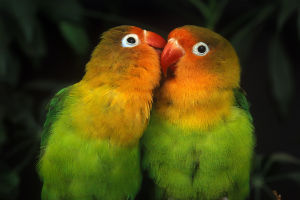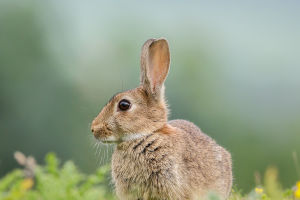In the world of human fashion, striped clothes will never be outdated. In nature, there is an animal that "wears" striped clothes all its life, and it is the zebra.
Every zebra has different stripes. This species was named zebra by the famous traveller and naturalist, and the first specimen sent to the British Museum came from South Africa.
It has an equine-like appearance, without dewlap, and is typically characterized by its black nose and straight mane on its neck. Male zebras are slightly larger than females, with a narrow dark stripe running from the top of the back to the tail of the drooping mane on the back, which is wider in females.
Zebras are generally distributed in the savannahs of Africa, and they are always an eye-catching landscape on the grasslands. So why do zebras have black and white stripes?
There are two main reasons for these black and white stripes.
One is to have a special mark between the same race so that the same kind can quickly recognize each other, which is one of the reasons why zebras form black and white stripes. Another most important reason is to form a protective colour that adapts to the environment.
Zebras generally live in open grasslands or deserts. There are not many buildings in these areas, so the refraction of sunlight is relatively strong. And the reflected light formed by the black and white stripes under the sunlight will also be different.
Under sunlight, through the reflection of sunlight, these black and white stripes play the role of blurring and distracting the outline of the body shape. This can make it difficult for the enemy to distinguish, which is also the main means of survival for zebras.
The black and white stripes on zebras are like the barcodes of supermarket products, a masterpiece of nature. And the number of stripes on male and female zebras is different.
According to research, male zebras generally have odd-numbered stripes, while female zebras generally have even-numbered stripes. But it is not scientific to tell the sex of a zebra by the odd or even of its stripes.
Zebras are herbivores. Besides grass, shrubs, twigs, leaves and even bark is their food. The highly adaptable digestive system allows zebras to survive in low-nutrient conditions, which is superior to other herbivores.
Zebras are more resistant to African diseases than horses, but zebras have never been domesticated or crossed with horses.
In many African wildlife documentaries, although zebras are one of the most common animals, their survival status is not very optimistic. There are three types of zebras currently active in the wild in Africa: the Plains zebra (also known as the Common zebra), the Mountain zebra, and Grevy's zebra. Of these three, except for the Plains zebra, the other two are endangered animals.
Although all three zebras have black and white stripes, there are still certain differences in their appearance. Among them, the mountain zebra is mainly distributed in southwestern Africa.
Their biggest feature is that there are no stripes on the abdomen, the colour is white, and the stripes on the buttocks are thick and sparse.


